It’s not hero fatigue, if the heroes are emotionally and narratively dead.
Let’s be clear: the superhero is not dead.
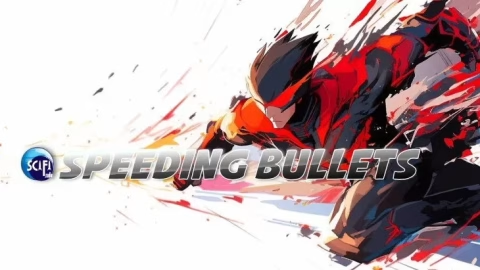
But if you listen to Marvel and DC, you’d think audiences have grown tired of cape-wearing crusaders and cosmic catastrophes. Studio execs mutter the phrase “hero fatigue” like it’s gospel, blaming audience burnout for declining box office numbers and underwhelming series launches. Yet if you glance even briefly beyond the Hollywood bubble, you’ll see something strange:
The world is still obsessed with heroes. Just not theirs.
Manga, manhwa, and anime are thriving, packing arenas, topping charts, breaking streaming records. And what are they filled with? Heroes. Titans. Demigods. Chosen ones. Outcasts with secret powers. Vigilantes navigating broken systems. In other words: the same mythic archetypes Marvel and DC claim no longer work. So what gives?
Here’s the truth no executive will admit: the superhero isn’t suffering from fatigue. It’s suffering from creative captivity—a terminal condition we might call: brand necromancy.
Brand Necromancy: When Heroes Become Hostages
Brand necromancy is what happens when intellectual property becomes more important than narrative integrity. When your characters can never truly die, change, or retire—not because the story demands it, but because the merchandise line can’t risk it. It is the practice of endlessly resurrecting cultural icons, not to explore new meaning, but to preserve their profit margin.
Marvel and DC have become chief practitioners of this grim art.
- Reboots masquerade as reinvention, only to end in the same status quo.
- Legacy characters are introduced, then quietly shelved when fan backlash flares.
- No arc is permanent. No death is real. No transformation is allowed to last.
Marvel and DC have become chief practitioners of this grim art.
Meanwhile, in the East…
In stark contrast, the anime and manga industries continue to produce hit after hit using the very same heroic archetypes—but with a willingness to let them breathe, fall, and evolve. These industries haven’t reinvented superheroism. They’ve simply refused to chain it to fear.
Let’s explore five current franchises that prove the Age of Heroes is alive and thriving, just not in the way the West expected.
Kaiju No. 8
A future Japan ravaged by giant monsters, defended by enhanced humans called to battle. Kafka Hibino, our reluctant protagonist, becomes infected by a kaiju and transforms into the very thing he swore to fight. But his struggle isn’t just physical—it’s bureaucratic, psychological, existential. He must earn the trust of institutions built to destroy things like him. This is body horror meets institutional distrust, wrapped in classic heroic sacrifice.
— This isn’t new. This is the Hulk reimagined without cowardice.
To Be Hero X
A dystopian satire in which citizens’ trust, fear, or adoration can generate superpowers—creating social media heroes who rise and fall with public perception. It’s Black Mirror meets The Boys with a dose of Network. Heroism becomes an algorithm, and the audience becomes the god.
— It’s not a reinvention of the superhero. It’s a reinvention of accountability.
My Hero Academia
A world saturated with superpowers, where the question isn’t if you’re special, but how you choose to use it. All Might, the symbolic peak of heroism, loses his power, and the world doesn’t stop, it changes. A new generation rises, with new traumas, new politics, and new rules.
— This is Superman passing the torch and not picking it back up two issues later.
My Hero Academia: Vigilantes
Set before MHA, this spinoff explores those left outside the legal hero system—vigilantes operating in the margins. Knuckleduster, a quirkless brawler, punches his way through a world of powered threats, not because he’s sanctioned, but because someone has to do it.
— It’s Batman without the billionaire safety net. Daredevil without the brand.
Solo Leveling
A classic LitRPG hero’s journey. Sung Jin-Woo starts as the weakest adventurer, dies, and is reborn with the power to level up endlessly. But his journey isn’t free. His growth comes at great personal cost, and the more powerful he becomes, the more isolated he feels.
— It’s Spider-Man meets Dark Souls. A modern myth about power’s loneliness.


What’s the real difference?
It’s not the tropes. The East didn’t invent new archetypes. They’re still telling stories about duty, sacrifice, corruption, redemption, legacy, and the weight of power. What they’ve done better is embrace change.
Anime and manga succeed not because their stories are new, but because they treat heroism as something alive. They understand that heroes age, legacies end, and power changes hands.
Most importantly, narrative purpose is more important than intellectual property. Marvel and DC, by contrast, have become systems of creative recursion, terrified to alienate aging fanbases, unwilling to risk narrative discontinuity, and utterly beholden to continuity as both prison and product.
Continuity has become a cage
Continuity has value—but not when it chokes out the future. The Big Two are trapped in a doom loop where characters can’t grow without destroying the brand, new readers can’t enter without 60 years of homework, and every bold step forward is followed by a cowardly shuffle back.
You can’t build wonder when every story has to end the way it started. This is why anime hits harder. Why Demon Slayer ended while it was still beloved. Why Attack on Titan dared to become morally grotesque. Why Chainsaw Man doesn’t care if you’re uncomfortable.
Risk is the currency of relevance. Without it, your hero is just a mascot.
What’s next for the American Superhero?
The superhero myth will never die. But if it is to live again, to breathe fire, to speak meaning, to matter again in the West, then Marvel and DC and any others emulating them must stop embalming their icons and start letting them evolve.
That means:
- Killing sacred cows.
- Retiring legends when the story demands it.
- Elevating new voices without apologizing for it.
And trusting that heroism is not found in stasis, but in struggle. Because if your heroes never change, what exactly are they protecting?
At the Finish Line
Let’s stop calling it “hero fatigue.” Call it what it is: necrotic storytelling—not the end of the superhero, but the collapse of the corporate myth that they must never be allowed to grow.
If America wants its heroes back, it doesn’t need a reboot.
It needs a heroic resurrection.
![]()
Thaddeus Howze is an award-winning essayist, editor, and futurist exploring the crossroads of activism, sustainability, and human resilience. He's a columnist and assistant editor for SCIFI.radio and as the Answer-Man, he keeps his eye on the future of speculative fiction, pop-culture and modern technology. Thaddeus Howze is the author of two speculative works — ‘Hayward's Reach’ and ‘Broken Glass.’

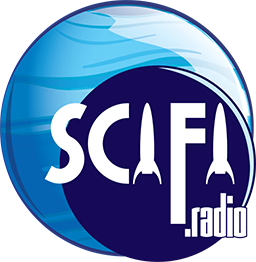
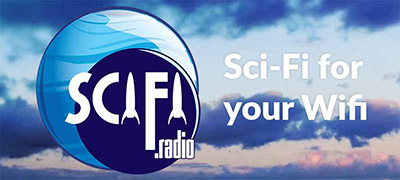





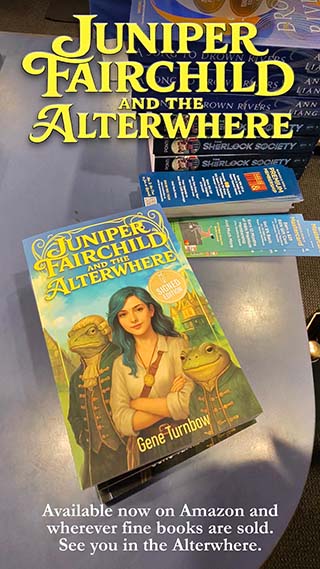


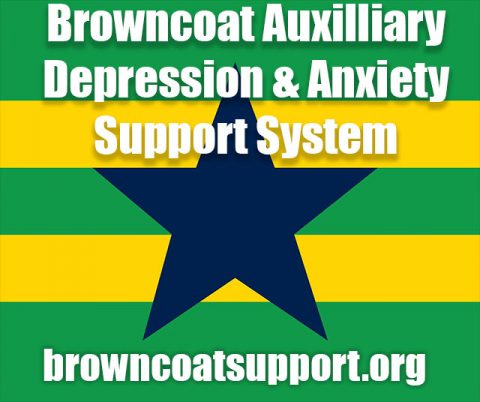

You must be logged in to post a comment.